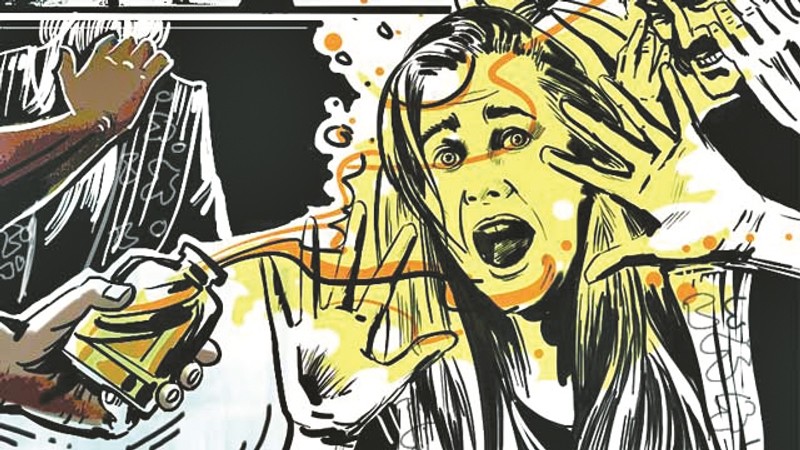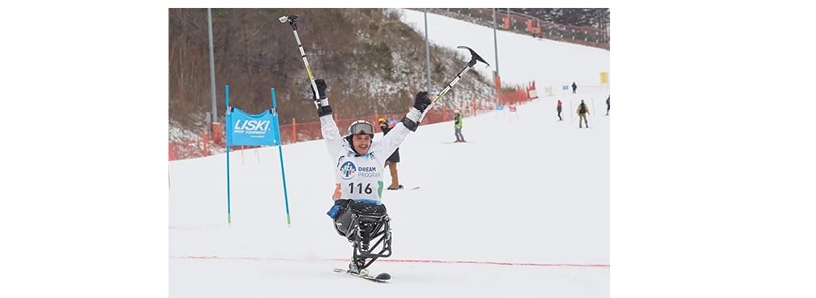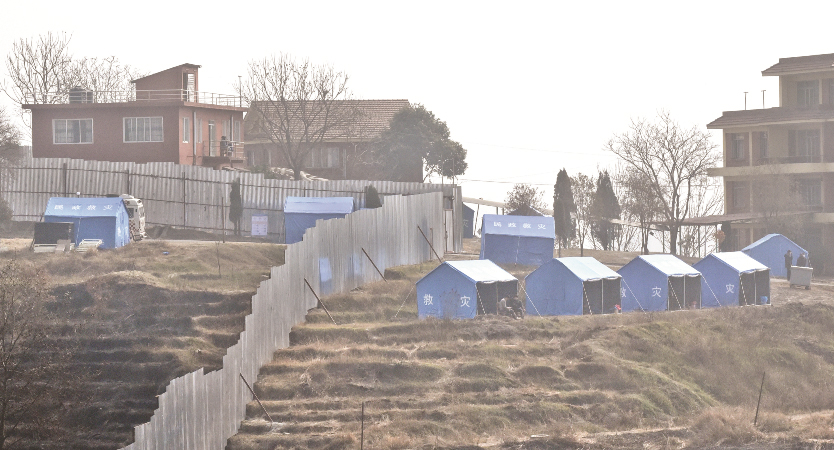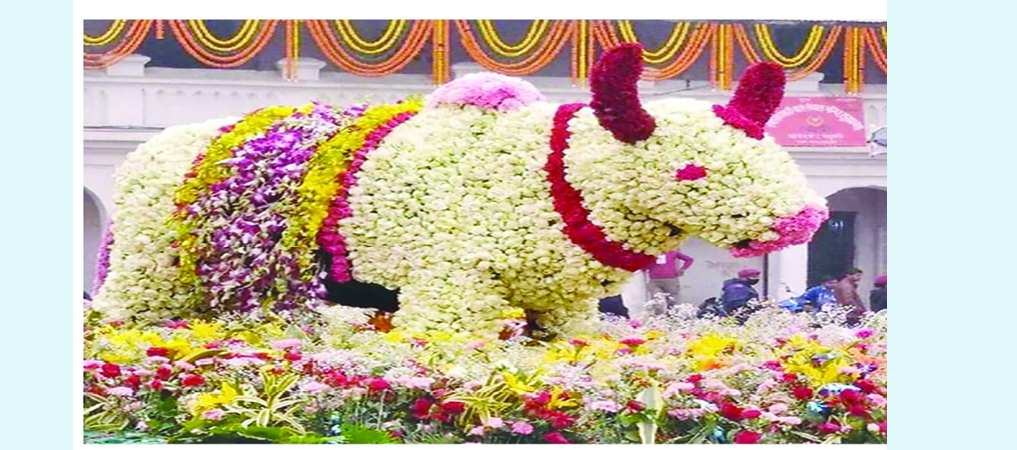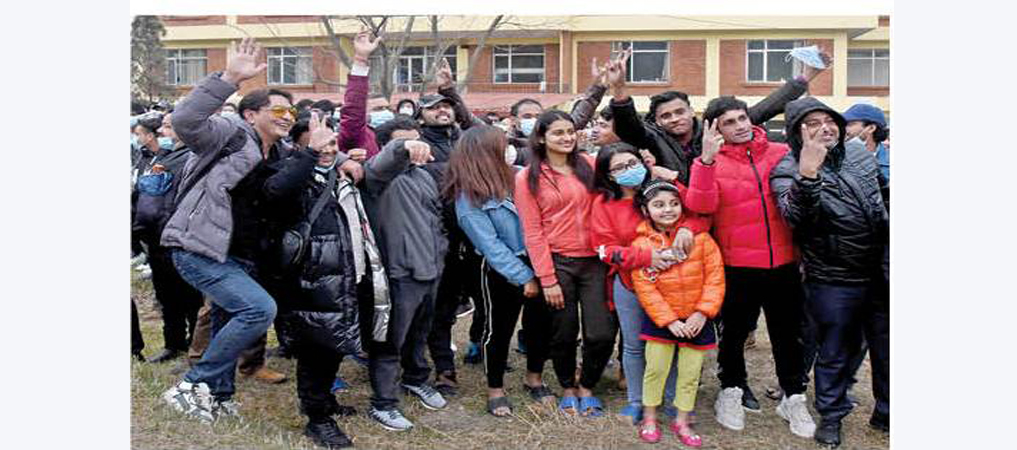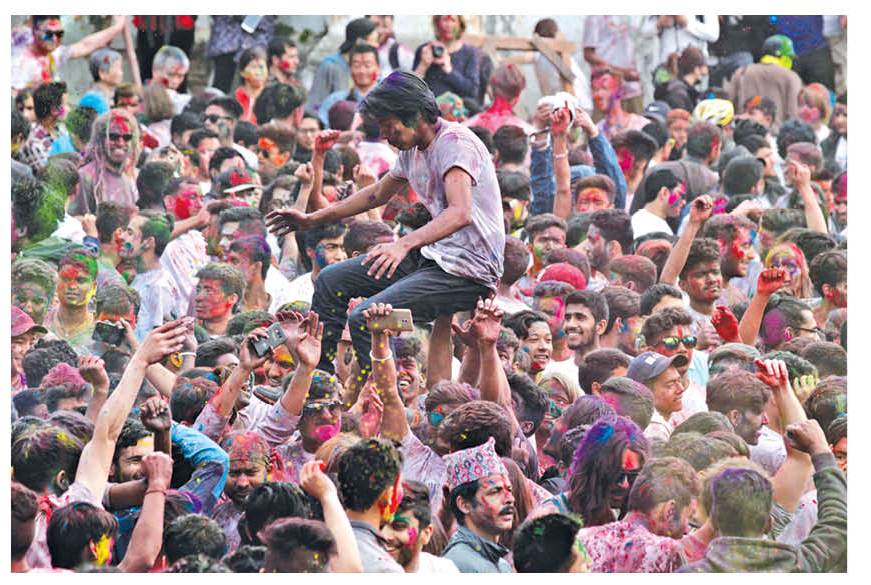COVID-19 And Enhanced Health Infrastructure
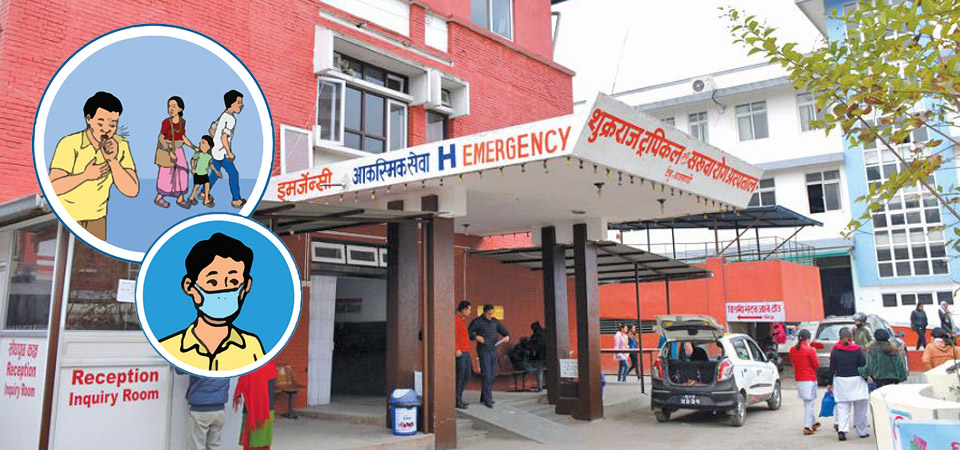
Sampada A. Khatiwada
Two months after the first case of COVID-19 was recorded in the Hubei Province of China, the World Health Organisation (WHO) declared this contagion a pandemic. It was when a series of challenges began for all of us, including the government.
Nepal reported its first case of COVID-19 on January 23, a 32-year-old man returning from Wuhan was found to have been infected with the novel coronavirus. The government then took prompt actions to strengthen health desks at the Tribhuvan International Airport. Following the first case of the novel virus in Nepal, the Nepal-China border points were closed from January 21. On February 15, around 175 Nepali students were evacuated from Hubei Province, the then COVID-19 hotspot in China. They were quarantined in Kharipati, Bhaktapur for 14 days.
As the threat of the spread of COVID-19 started to increase, hours after the second virus case was reported, the government announced a nationwide lockdown on March 24, sealed the borders and suspended all international flights. Sukraraj Infectious and Tropical Disease Hospital was designated as the primary hospital in Kathmandu and all the central, provincial, medical colleges and academic institutions were assigned to provide treatment to COVID-19 patients.
Treatment capacity
Likewise, as soon as the nationwide lockdown was announced, institutional quarantines were established in all 753 local levels to host those returning from India or traveling within Nepal. The government then strengthened its institutional capacity by increasing the number of hospital beds, ICU beds, ventilators, and isolation beds along with the surging cases of COVID-19. The government categorised hospitals selected for COVID-19 treatment into three categories - Level I, Level II, and Level III hospitals on the basis of treatment capacity. Likewise, the Ministry of Health and Population had directed all 124 public and private hospitals across the nation to separate COVID-19 wards for the treatment of virus-infected patients.
Different committees and task teams were also formed for the preparedness and response to the pandemic. The High-Level Coordination Committee, COVID-19 Crisis Management Committee, Steering Committee, and Incident Command System were the federal oversight structures formed to ensure informed decision-making with experts' opinion, technical advice, data, and evidence.
Hotline telephone numbers were issued, call centers were established and the 'Hamro Swastha' app was developed to generate awareness about the novel coronavirus. Similarly, various guidelines including the COVID-19 Guideline, Health Care and Waste Management Guideline for COVID-19 Response, guidelines for institutional and home quarantine, among others, were issued by the MoHP for effective management of the health care regime amid the pandemic.
Currently, 83 laboratories, of them 48 government and 35 private, are providing Real-Time Polymerase Chain Reaction Test (RT-PCR) facilities and as of February 13, a total of 2,111,649 tests have been conducted in Nepal. The number of active cases of COVID-19, which had once neared 50,000, has now decreased to 1,700, the death rate is at 0.75 per cent and the recovery rate is at a whopping 98.62 per cent.
The government has been able to roll out the COVID-19 vaccination drive free of cost only a few months after the world developed vaccines against the novel coronavirus. Also, the cost of the RT-PCR test has been brought down to Rs. 1,000. Despite having limited resources, Nepal is the first SAARC nation, after India, to inoculate the frontline health workers, inmates, journalists, and now other government and private officials.
Joint spokesperson of the MoHP and the Chief of Health Emergency Operation Centre (HEOC) Dr. Samir Kumar Adhikari said that the last year was full of challenges and opportunities for the government. "Firstly, the virus traveled across the globe so swiftly that we had no time to prepare for it. Many administrative, financial and political challenges stood before us as soon as the virus entered Nepal," he said.
Dr. Adhikari added that the government couldn’t move forward with other institutions of the society in a synergic manner. "As the nation had just entered into federalism, the overall health system of the nation was in a transitional phase. Thus, we couldn’t operate HEOC in all seven provinces uniformly. Also, it was quite a task for us to disseminate information and guidelines across the nation," he said.
"Reluctance of hospitals and misunderstandings that the government was not doing much also posed difficulties for us. Still, the perception that the threat of COVID-19 is over in Nepal stands as a big challenge for the government to contain the novel coronavirus," said Dr. Adhikari.
Opportunity
He added that the COVID-19 pandemic also provided an opportunity for the government to strengthen its public health standards. "Many positive works in terms of COVID-19 response have also taken place.
The virus fatalities in Nepal are far too low if compared to other countries," said Dr. Adhikari, adding, "We have issued various public health protocols and guidelines which, if the citizens follow, will uplift the public health regime of the nation."
Dr. Adhikari said that the pandemic had made the healthcare system more tech-friendly and had taught the nation the importance of being prepared for possible health emergencies in the future. "From not having even one PCR test lab to establishing 83 labs and providing vaccines free of cost, we've come a long way. However, much more is yet to be done," he added.
Likewise, Dr. Rabindra Pandey, a public health specialist, said that the government's efforts at controlling the spread of COVID-19 by expanding the test and treatment facilities to now importing vaccines was praiseworthy. "However, the model of vaccination could be made more effective by keeping the old-aged and people suffering from chronic diseases in priority and by generating public awareness about the importance of vaccination," said Dr. Pandey.
(Khatiwada is a TRN journalist)
Recent News

Do not make expressions casting dout on election: EC
14 Apr, 2022
CM Bhatta says may New Year 2079 BS inspire positive thinking
14 Apr, 2022
Three new cases, 44 recoveries in 24 hours
14 Apr, 2022
689 climbers of 84 teams so far acquire permits for climbing various peaks this spring season
14 Apr, 2022
How the rising cost of living crisis is impacting Nepal
14 Apr, 2022
US military confirms an interstellar meteor collided with Earth
14 Apr, 2022
Valneva Covid vaccine approved for use in UK
14 Apr, 2022
Chair Prachanda highlights need of unity among Maoist, Communist forces
14 Apr, 2022
Ranbir Kapoor and Alia Bhatt: Bollywood toasts star couple on wedding
14 Apr, 2022
President Bhandari confers decorations (Photo Feature)
14 Apr, 2022





